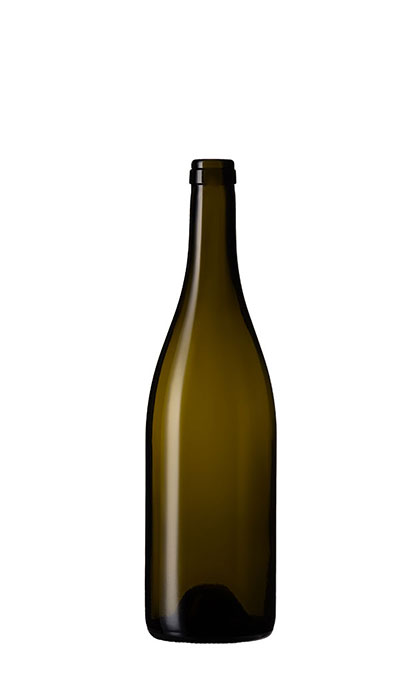Burgundy
The wine bottle shape from the renowned vineyard region of Burgundy in France is now used in many other countries. The Chardonnay boom of the 1980s ensured that its charming shape has gained worldwide popularity.
At present, Burgundy bottles in the German-speaking world are used mainly for red Burgundy varieties as well as for richer white wines.
Shape of the Burgundy bottle
Unlike the Bordeaux bottle, this big-bellied bottle is rather low-shouldered. Compared to the equally popular Rhine wine or Schlegel bottle, the Burgundy bottle has a considerably shorter neck. Most display a deep indent (punt) in the base. This punt has two functional advantages. On one hand, any sediment that may occur in the wine collects in the indentation and is not disturbed when pouring. On the other hand, a deep punt can also be used to present the bottle particularly effectively in the hand.
Bottle colours of Burgundy bottles
In Burgundy, the Burgundy bottle is traditionally crafted in dark tones. Dark brown, medium brown as well as yellow-green bottles are used for Pinot Noir reds and Chardonnay whites. The characteristic yellow-green is known as “feuille-morte” (dead leaf = autumn leaves). Our range opts for the following colours for Burgundy bottles: white and brown. Using these as a starting point, we are able to create the most varied of shades and finishing touches in CRISTALLO UNICO projects.
Shape of the Burgundy bottle
Unlike the Bordeaux bottle, this big-bellied bottle is rather low-shouldered. Compared to the equally popular Rhine wine or Schlegel bottle, the Burgundy bottle has a considerably shorter neck. Most display a deep indent (punt) in the base. This punt has two functional advantages. On one hand, any sediment that may occur in the wine collects in the indentation and is not disturbed when pouring. On the other hand, a deep punt can also be used to present the bottle particularly effectively in the hand.
Bottle colours of Burgundy bottles
In Burgundy, the Burgundy bottle is traditionally crafted in dark tones. Dark brown, medium brown as well as yellow-green bottles are used for Pinot Noir reds and Chardonnay whites. The characteristic yellow-green is known as “feuille-morte” (dead leaf = autumn leaves). Our range opts for the following colours for Burgundy bottles: white and brown. Using these as a starting point, we are able to create the most varied of shades and finishing touches in CRISTALLO UNICO projects.
Due to its global popularity and charming appearance, the Burgundy bottle can now be found with all closure types imaginable. We too can handle all types of closure for our Burgundy bottles. Of course, we prefer to leave the decision regarding closure and material entirely up to you in order to promise absolute individuality in this crucial aspect. The standard bottle contains 0.7 litres, like all other standard wine bottles in the EU. This measure, incidentally, comes from the 18th century as it was formerly the per-head consumption of wine at a meal.
XXL Burgundy bottles
Based on the Burgundy shape, it is entirely possible to fill large bottles for particularly storable wines:
XXL Burgundy bottles
Based on the Burgundy shape, it is entirely possible to fill large bottles for particularly storable wines:
- 1,5 litres: Magnum bottle = 2 bottles, the amount of Würzburger Stein wine that Goethe, for example, was said to have drunk of an evening.
- 3 litres: double magnum = 4 bottles
- 4.5 litres: Jeroboam (old size) = 6 bottles
- 5.0 litres: Jeroboam modern size, since circa 1978) = 7 bottles
- 6.0 litres: Methusalem = 8 bottles
- 9.0 litres: Salmanazar = 12 bottles
- 12.0 litres: Balthazar = 16 bottles
- 15.0 litres: Nebuchadnezzar (usually for champagnes or Bordeaux, sometimes Burgundy) = 20 bottles
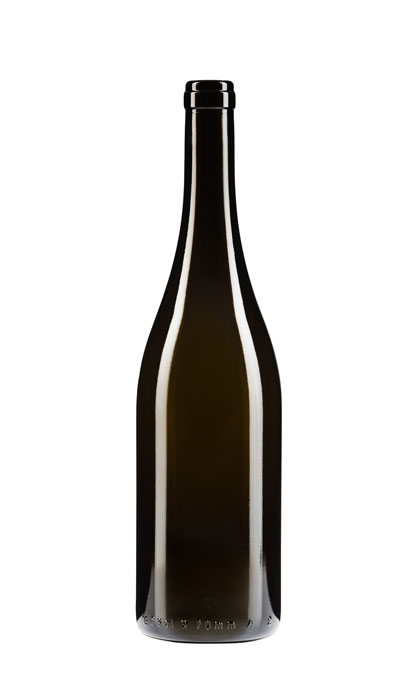
Burgunder Alta
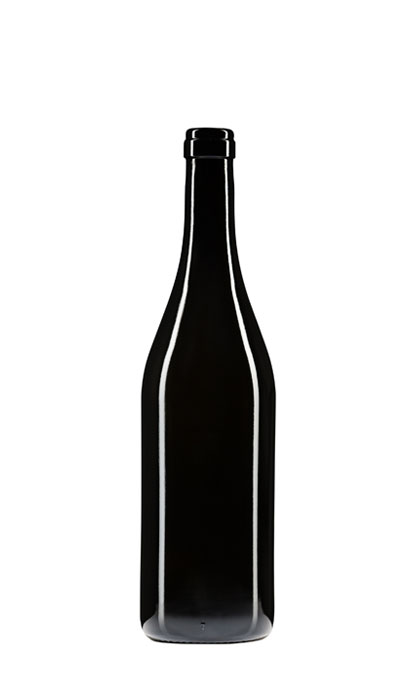
Burgunder Barolo
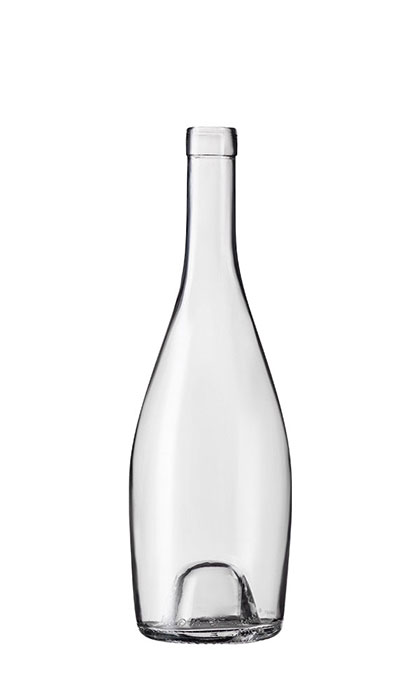
Burgunder Boheme
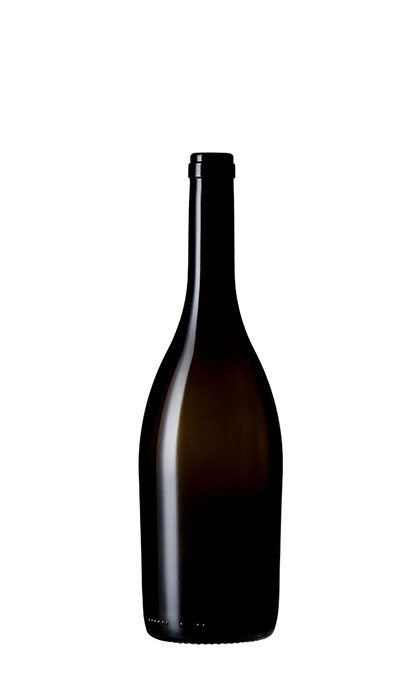
Burgunder Bolgheri

Burgunder Classique
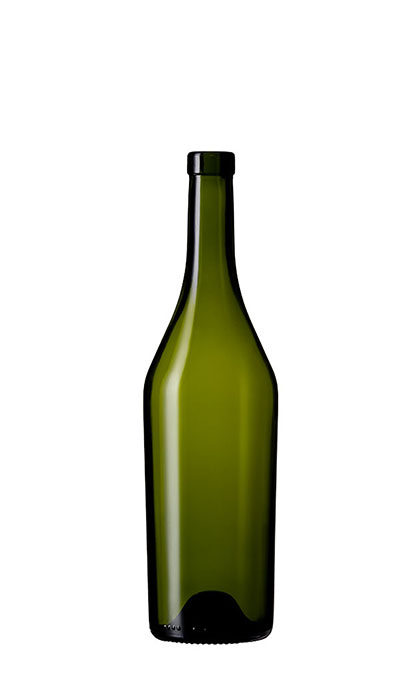
Burgunder Conica

Burgunder Conica Inversa
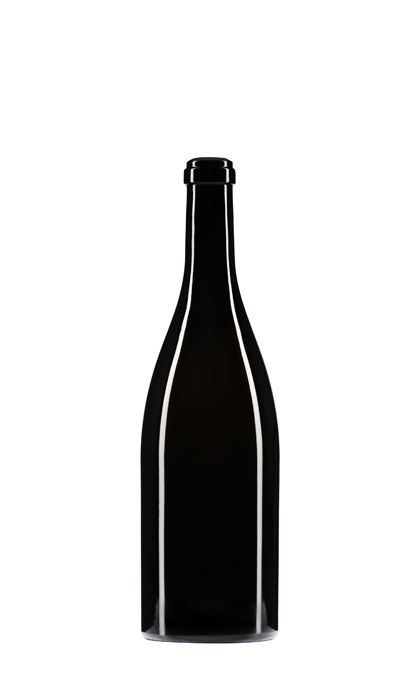
Burgunder Cru
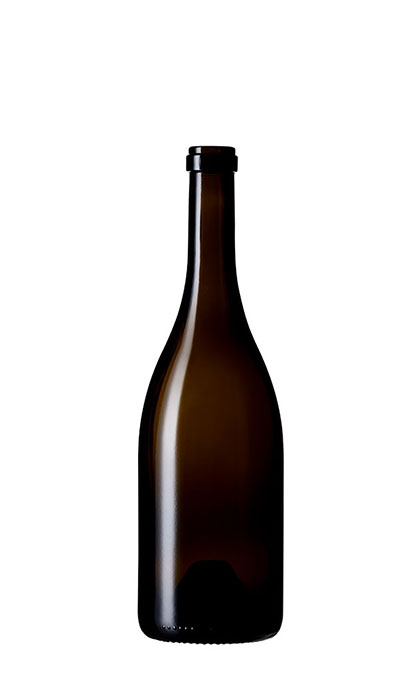
Burgunder Cru Ver.

Burgunder Elegance
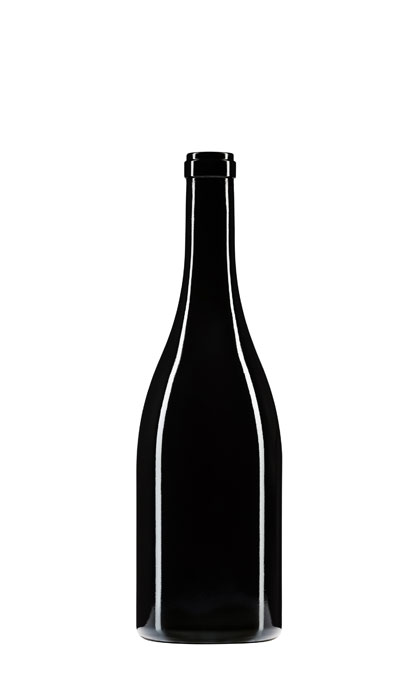
Burgunder Elite
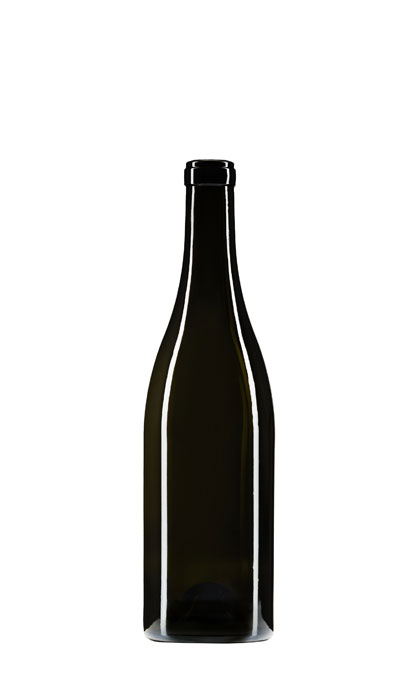
Burgunder Ellenica Carre
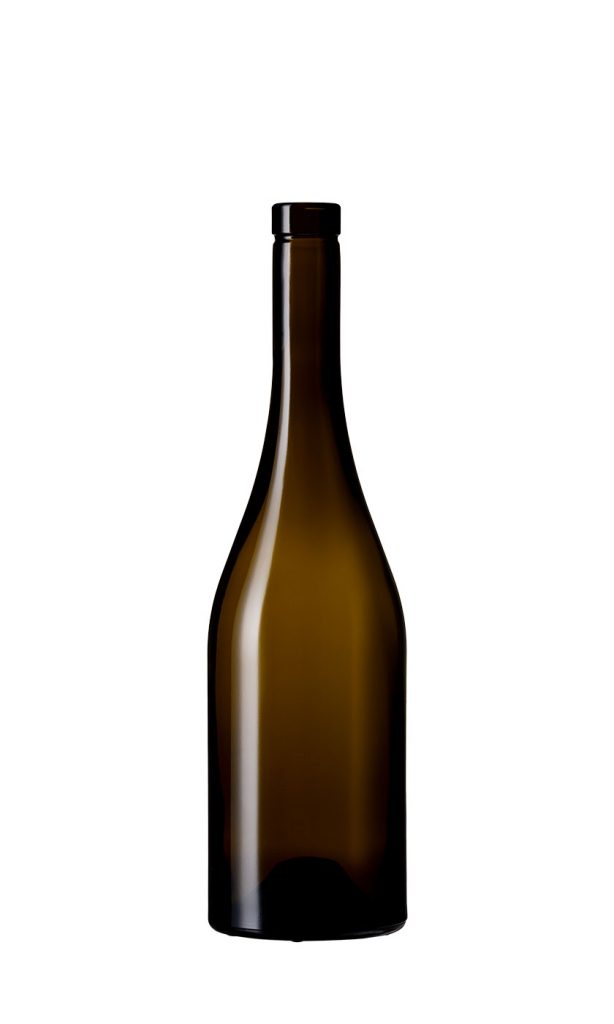
Burgunder Essentia
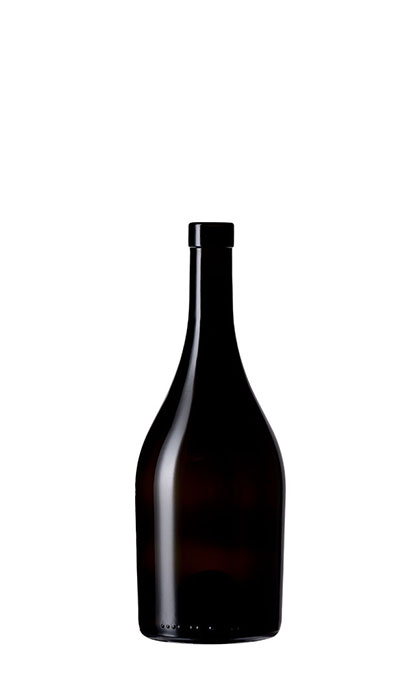
Burgunder Exklusive

Burgunder Garda
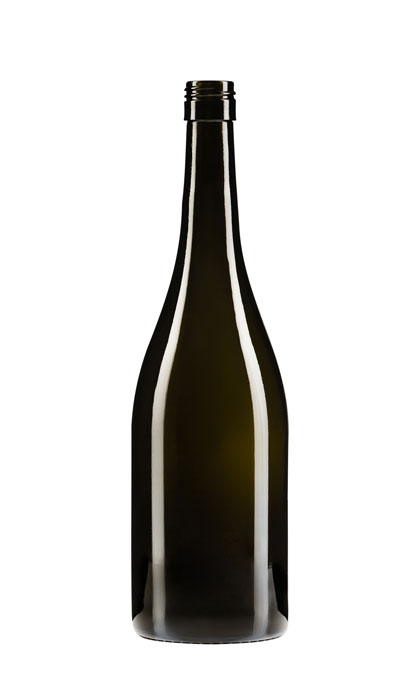
Burgunder Hugo BVS

Burgunder James

Burgunder Liberty Eco
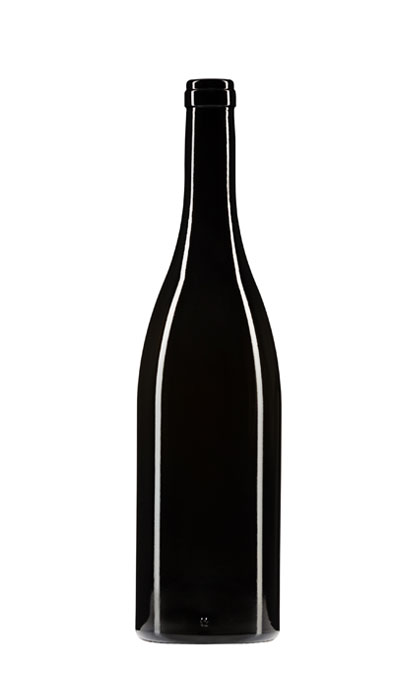
Burgunder Liberty Leggera
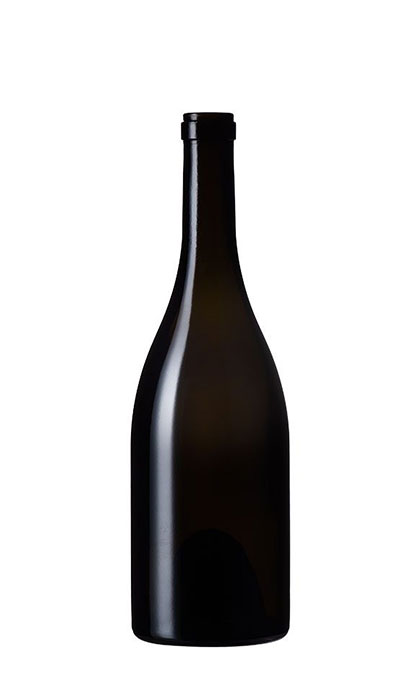
Burgunder Old Cristallo

Burgunder Perfetta
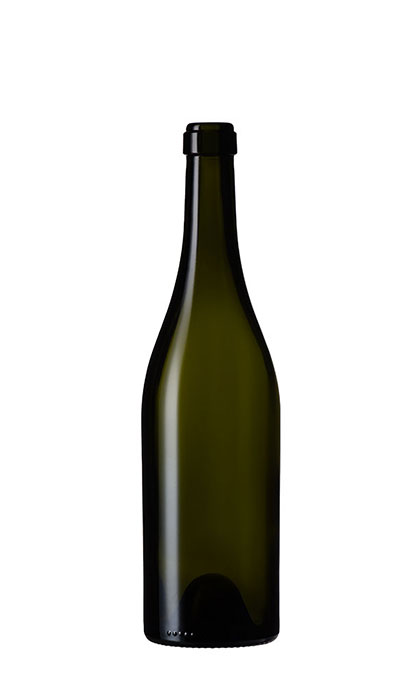
Burgunder Pesante
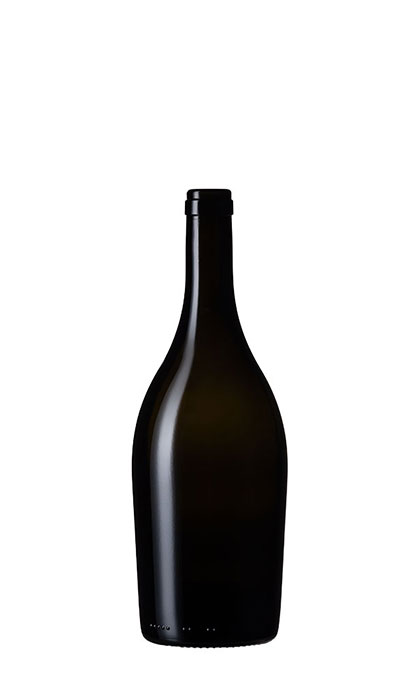
Burgunder Premiere Eco

Burgunder Prestige

Burgunder Prestige Cru
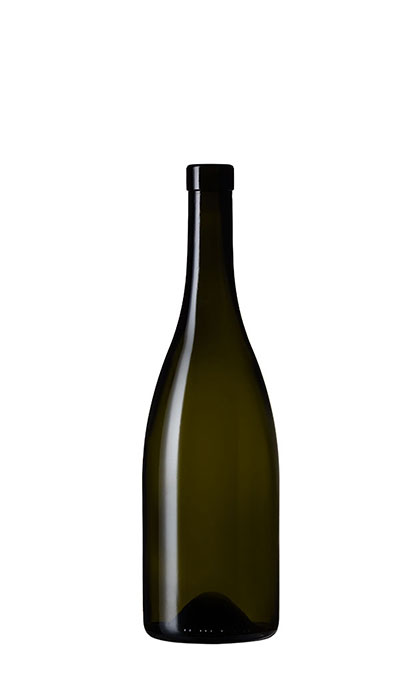
Burgunder Prestige Leggera

Burgunder Redi
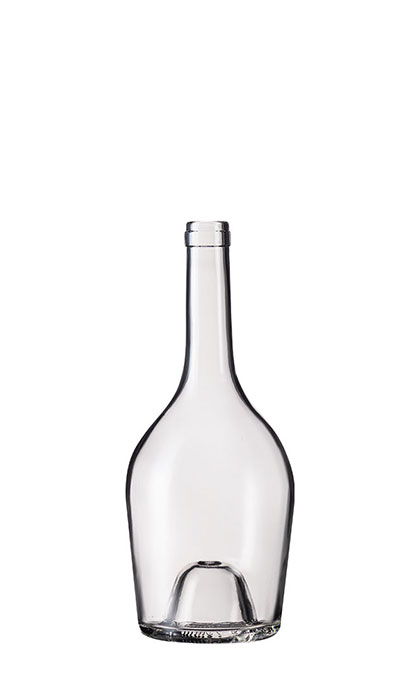
Burgunder Reserve

Burgunder Sorgente

Burgunder Storica NL
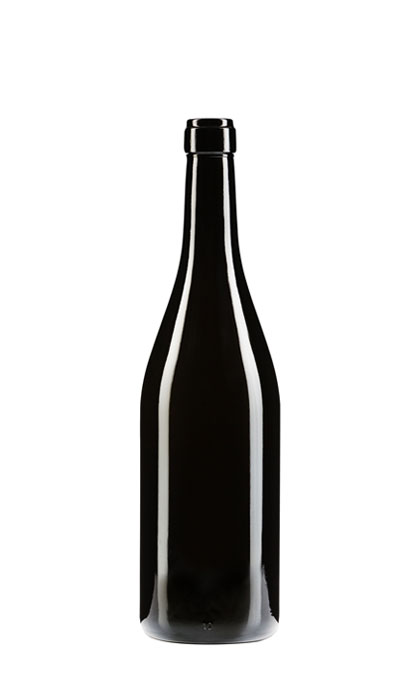
Burgunder Super
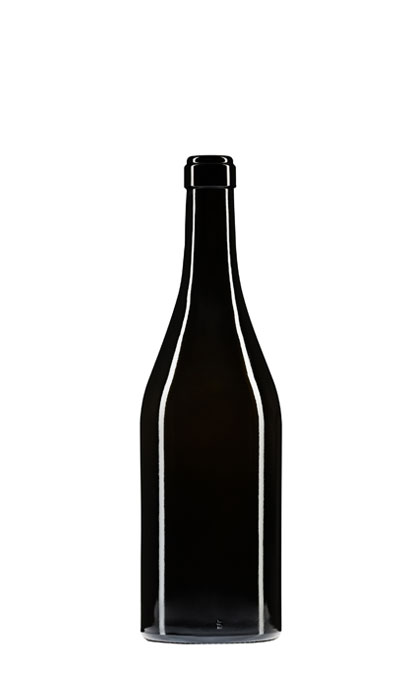
Burgunder Supreme
